The Messier Catalogue is perhaps the most famous astronomy catalogue there is, detailing deep-sky objects such as galaxies, globular clusters and nebulae.
It's a 'what's what' of some of the best objects to see in the night sky with a telescope.
But the Messier Catalogue didn't start out as a list of desirable astronomical objects.
Rather, it was comet-hunter Charles Messier's record of night-sky targets to avoid.

Who was Charles Messier?
Charles Messier was born in Badonviller, eastern France, on 26 June 1730.
Based at an observatory in the Hôtel de Cluny in central Paris, he became one of the most famous comet hunters of his time with at least 13 comets to his credit, along with observations of many others.
However, he was distracted by other ‘fuzzy’ objects in the heavens and in May 1764 decided to start keeping a record of them to avoid subsequently mistaking them for real comets.
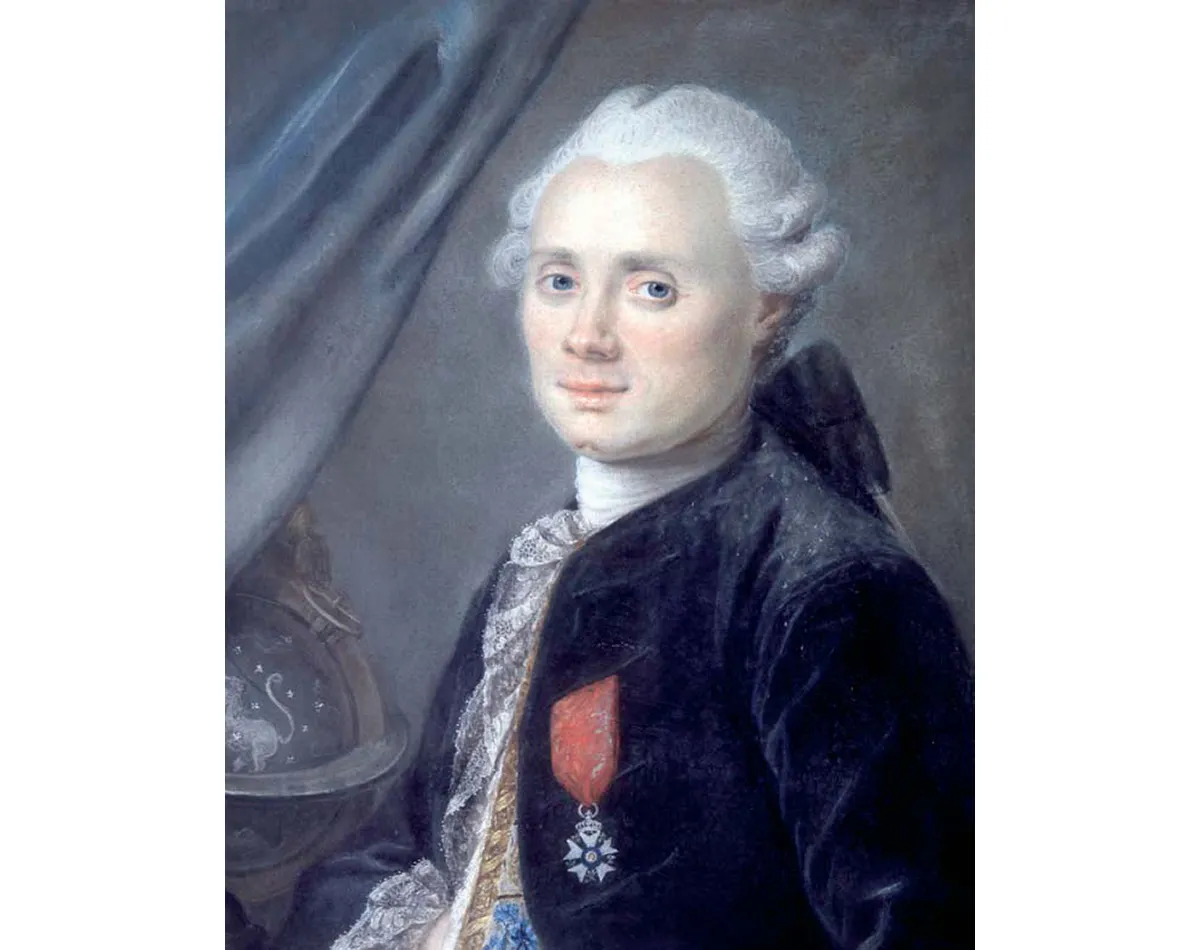
Building the Messier Catalogue
Messier's initial catalogue consisted of 41 entries, so he added several other previously known objects to bring the total to 45.
In later years its creator was helped by friend and colleague Pierre Méchain, who was responsible for most of the latter Messier objects.
Messier’s final catalogue, published in 1781, went up to 103 entries. Although he never added any more objects to his list before his death in Paris on 12 April 1817, he did leave notes on several more he had found.
In modern times, these objects have become part of the Messier Catalogue. The work of other astronomers brought the total to 110, and has also uncovered one duplicate.

M102 is the second observation of M101 by Méchain, who confirmed this in a letter. Some observers like to include a faint galaxy in Draco as a substitute for the ‘missing’ M102.
Despite its age, the Messier Catalogue remains the first set of deep-sky objects that many aspiring astronomers view.
Though he was not in the least interested in these objects during his lifetime, it is for his catalogue of them that he will always be remembered.
Below is the complete Messier Catalogue, including a description of what each object is, its limiting magnitude and coordinates to find it in the night sky.
If you don't fancy trying to complete the entire list, try our 8 Messier Catalogue objects to spot in the night sky.
Complete Messier object list
M1, The Crab Nebula

- Supernova remnant in Taurus
- RA 05h 34.5m, dec. +22º 01’
- Mag. +8.4
M2

- Globular cluster in Aquarius
- RA 21h 33.5m, dec. –00º 49’
- Mag. +6.5
M3

- Globular cluster in Canes Venatici
- RA 13h 42.2m, dec. +28º 23’
- Mag. +6.2
M4

- Globular cluster in Scorpius
- RA 16h 23.6m, dec. –26º 32’
- Mag. +5.6
M5

- Globular cluster in Serpens Caput
- RA 15h 18.6m, dec. +02º 05’
- Mag. +5.6
M6, The Butterfly Cluster
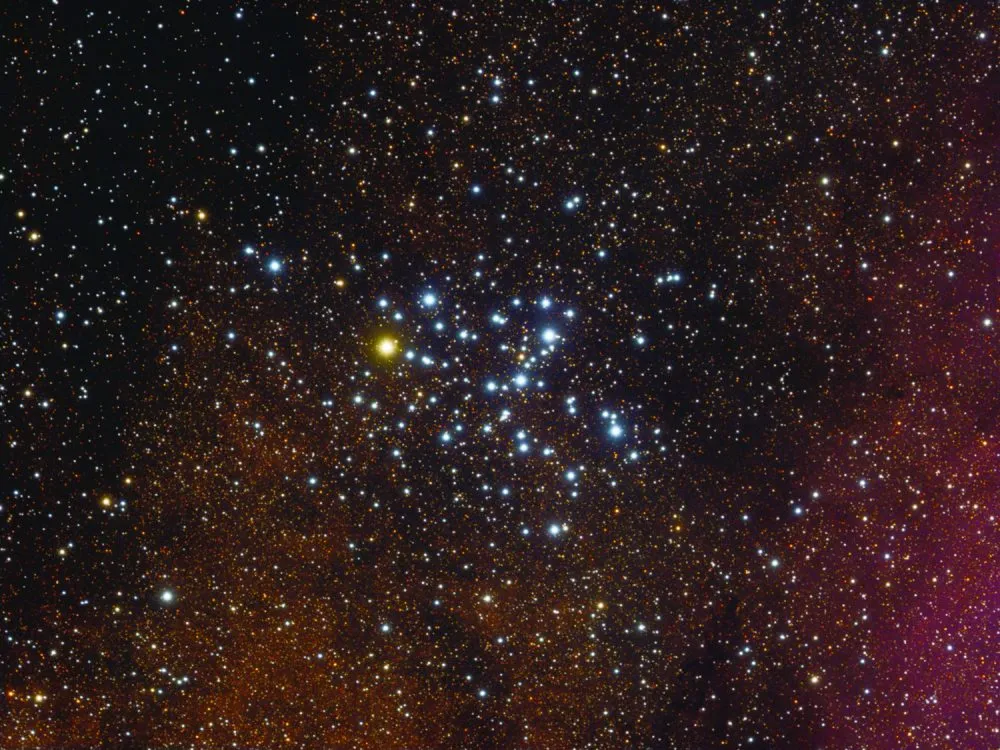
- Open cluster in Scorpius
- RA 17h 40.1m, dec. –32º 13’
- Mag. +5.3
M7, Ptolemy’s Cluster

- Open cluster in Scorpius
- RA 17h 53.9m, dec. –34º 49’
- Mag. +4.1
M8, The Lagoon Nebula

- Diffuse nebula in Sagittarius
- RA 18h 03.8m, dec. –24º 23’
- Mag. +6.0
M9

- Globular cluster in Ophiuchus
- RA 17h 19.2m, dec. –18º 31’
- Mag. +7.7
M10

- Globular cluster in Ophiuchus
- RA 16h 57.1m, dec. –04º 06’
- Mag. +6.6
M11, The Wild Duck Cluster

- Open cluster in Scutum
- RA 18h 51.1m, dec. –06º 16’
- Mag. +6.3
M12

- Globular cluster in Ophiuchus
- RA 16h 47.2m, dec. –01º 57’
- Mag. +6.7
M13, The Hercules Globular Cluster

- Globular cluster in Hercules
- RA 16h 41.7m, dec. +36º 28’
- Mag. +5.8
M14
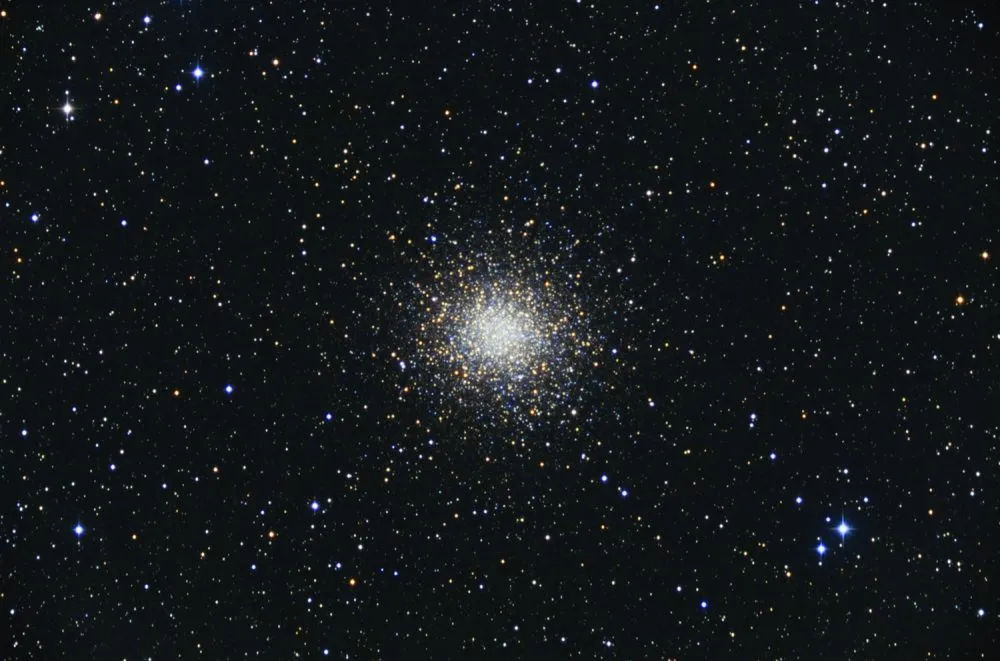
- Globular cluster in Ophiuchus
- RA 17h 37.6m, dec. –03º 15’
- Mag. +7.6
M15

- Globular cluster in Pegasus
- RA 21h 30.0m; dec. +12º 10’
- Mag. +6.2
M16, The Eagle Nebula

- Open cluster plus nebula in Serpens Cauda
- RA 18h 18.8m, dec. –13º 47’
- Mag. +6.4
M17, The Omega Nebula

- Diffuse nebula in Sagittarius
- RA 18h 20.8m, dec. –16º 11’
- Mag. +7.0
M18

- Open cluster in Sagittarius
- RA 18h 19.9m, dec. –17º 08’
- Mag. +7.5
M19

- Globular cluster in Ophiuchus
- RA 17h 02.6m, dec. –26º 16’
- Mag. +6.8
M20, The Trifid Nebula

- Diffuse nebula in Sagittarius
- RA 18h 02.6m, dec. –23º 02’
- Mag. +9.0
M21

- Open cluster in Sagittarius
- RA 18h 04.6m, dec. –22º 30’
- Mag. +6.5
M22

- Globular cluster in Sagittarius
- RA 18h 36.4m, dec. –23º 54’
- Mag. +5.1
M23

- Open cluster in Sagittarius
- RA 17h 56.8m, dec. –19º 01’
- Mag. +6.9
M24, The Sagittarius Star Cloud
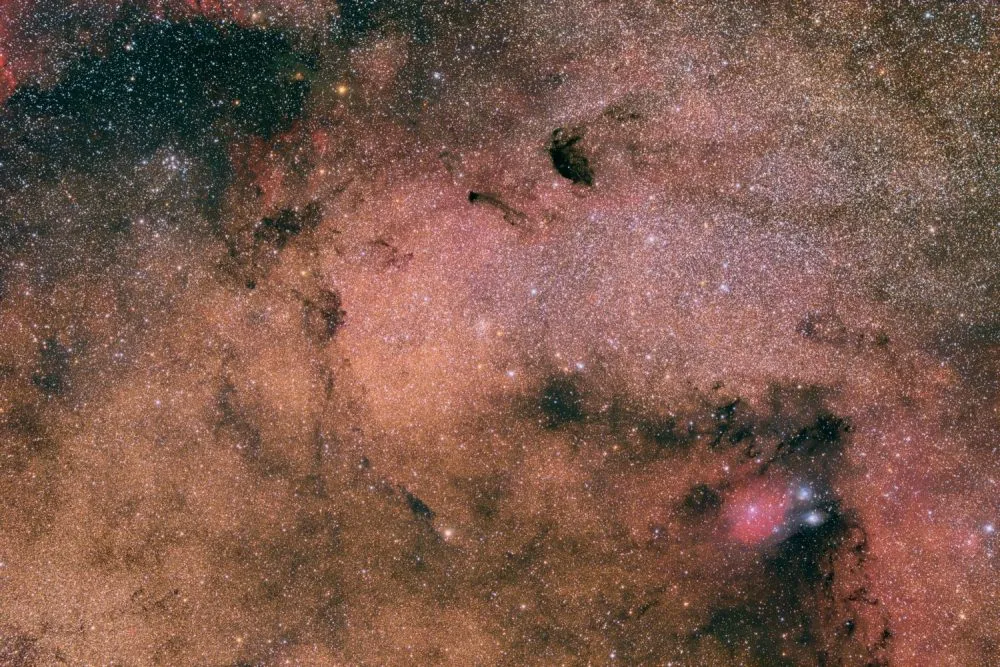
- Milky Way patch in Sagittarius
- RA 18h 16.9m, dec. –18º 29’
- Mag. +4.6
M25

- Open cluster in Sagittarius
- RA 18h 31.6m, dec. –19º 15’
- Mag. +6.5
M26

- Open cluster in Scutum
- RA 18h 45.2m, dec. –09º 24’
- Mag. +8.0
M27, The Dumbbell Nebula

- Planetary nebula in Vulpecula
- RA 19h 59.6m, dec. +22º 43’
- Mag. +7.4
M28

- Globular cluster in Sagittarius
- RA 18h 24.5m, dec. –24º 52’
- Mag. +6.8
M29

- Open cluster in Cygnus
- RA 20h 23.9m, dec. +38º 32’
- Mag. +7.1
M30

- Globular cluster in Capricornus
- RA 21h 40.4m, dec. –23º 11’
- Mag. +7.2
M31, The Andromeda Galaxy

- Spiral galaxy in Andromeda
- RA 00h 42.7m, dec. +41º 16’
- Mag. +3.4
M32

- Elliptical galaxy in Andromeda
- RA 00h 42.7m, dec. +40º 52’
- Mag. +8.1
M33, The Triangulum Galaxy

- Spiral galaxy in Triangulum
- RA 01h 33.9m, dec. +30º 39’
- Mag. +5.7
M34

- Open cluster in Perseus
- RA 02h 42.0m, dec. +42º 47’
- Mag. +5.5
M35

- Open cluster in Gemini
- RA 06h 08.9m, dec. +24º 20’
- Mag. +5.3
M36

- Open cluster in Auriga
- RA 05h 36.1m, dec. +34º 08’
- Mag. +6.3
M37

- Open cluster in Auriga
- RA 05h 52.4m, dec. +32º 33’
- Mag. +6.2
M38
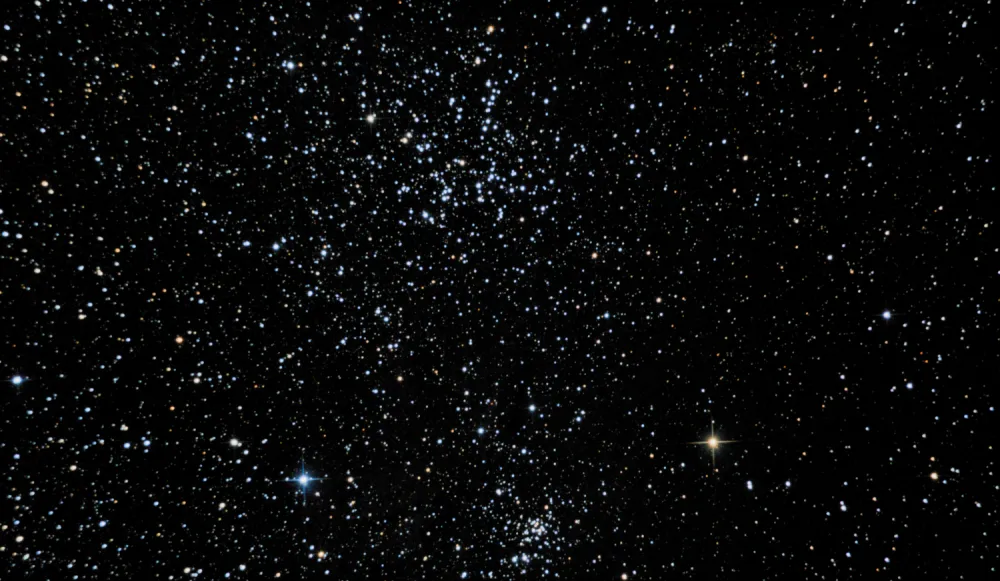
- Open cluster in Auriga
- RA 05h 28.4m, dec. +35º 50’
- Mag. +7.4
M39

- Open cluster in Cygnus
- RA 21h 32.2m, dec. +48º 26’
- Mag. +4.6
M40

- Binary star in Ursa Major
- RA 12h 22.4m, dec. +58º 05’
- Mag. +8.4
M41

- Open cluster in Canis Major
- RA 06h 46.0m, dec. –20º 44’
- Mag. +4.6
M42, The Orion Nebula

- Diffuse nebula in Orion
- RA 05h 35.4m, dec. –05º 27’
- Mag. +4.0
M43, De Mairan’s Nebula

- Emission nebula in Orion
- RA 05h 35.6m, dec. –05º 16’
- Mag. +9.0
M44, The Beehive Cluster

- Open cluster in Cancer
- RA 08h 40.1m, dec. +19º 59’
- Mag. +3.7
M45, The Pleiades

- Open cluster in Taurus
- RA 03h 47.0m, dec. +24º 07’
- Mag. +1.6
M46

- Open cluster in Puppis
- RA 07h 41.8m, dec. –14º 49’
- Mag. +6.0
M47
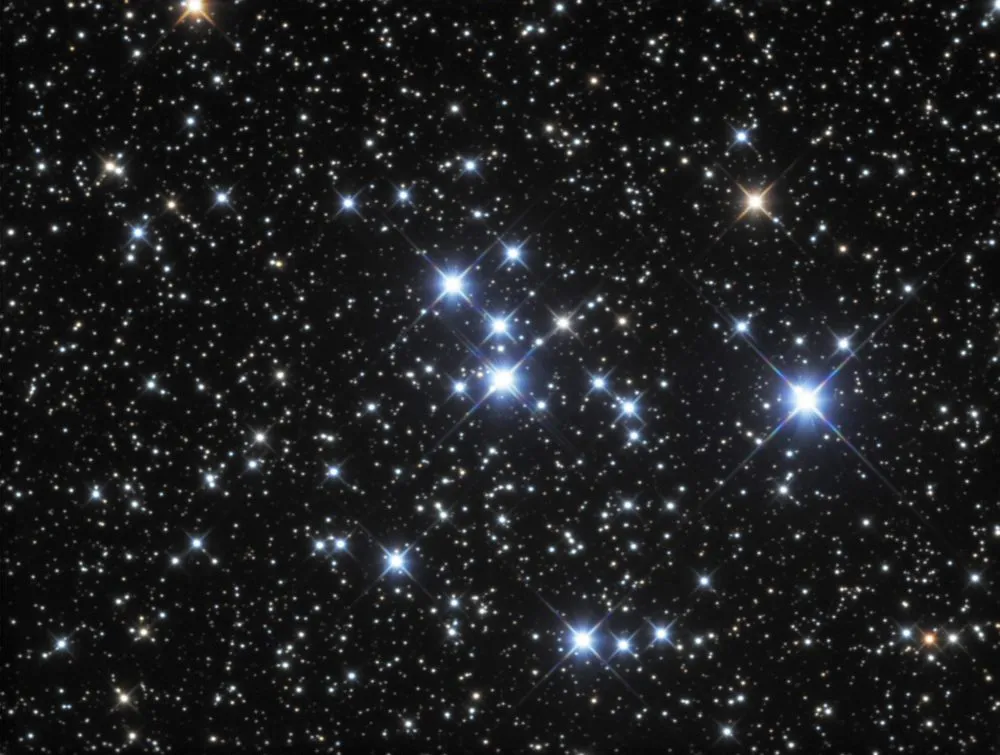
- Open cluster in Puppis
- RA 07h 36.6m, dec. –14º 30’
- Mag. +5.2
M48

- Open cluster in Hydra
- RA 08h 13.8m, dec. –05º 48’
- Mag. +5.5
M49

- Elliptical galaxy in Virgo
- RA 12h 29.8m, dec. +08º 00’
- Mag. +8.4
M50

- Open cluster in Monoceros
- RA 07h 03.2m, dec. –08º 20’
- Mag. +6.3
M51, The Whirlpool Galaxy

- Spiral galaxy in Canes Venatici
- RA 13h 29.9m, dec. +47º 12’
- Mag. +8.4
M52

- Open cluster in Cassiopeia
- RA 23h 24.2m, dec. +61º 35’
- Mag. +7.3
M53
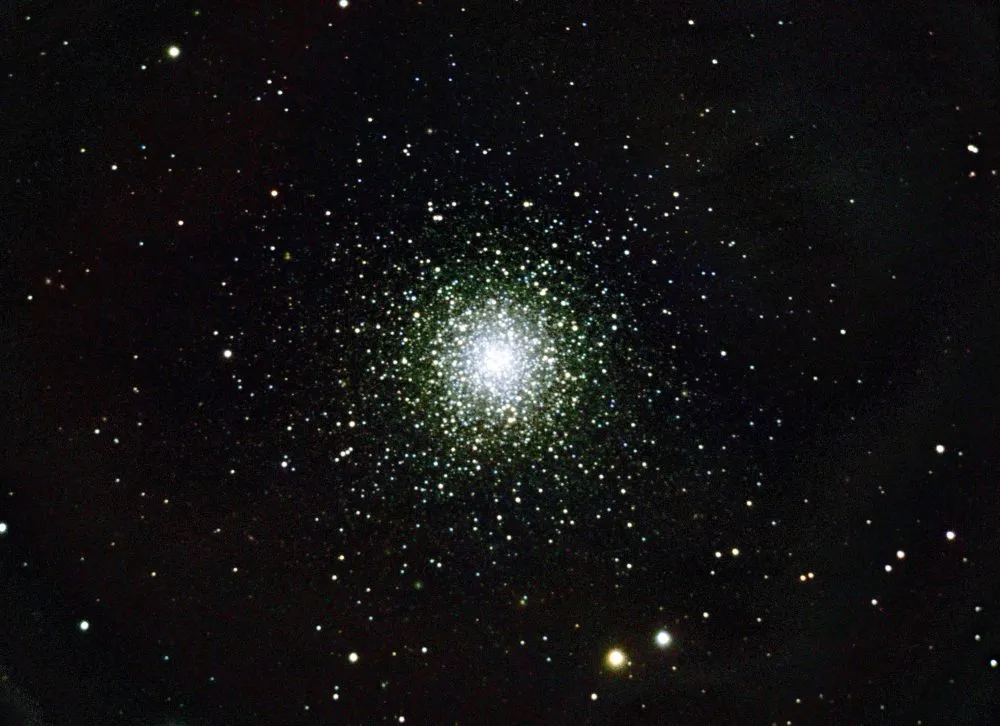
- Globular cluster in Coma Berenices
- RA 13h 12.9m, dec. +18º 10’
- Mag. +7.6
M54

- Globular cluster in Sagittarius
- RA 18h 55.1m, dec. –30º 29’
- Mag. +7.6
M55

- Globular cluster in Sagittarius
- RA 19h 40.0m, dec. –30º 58’
- Mag. +6.3
M56
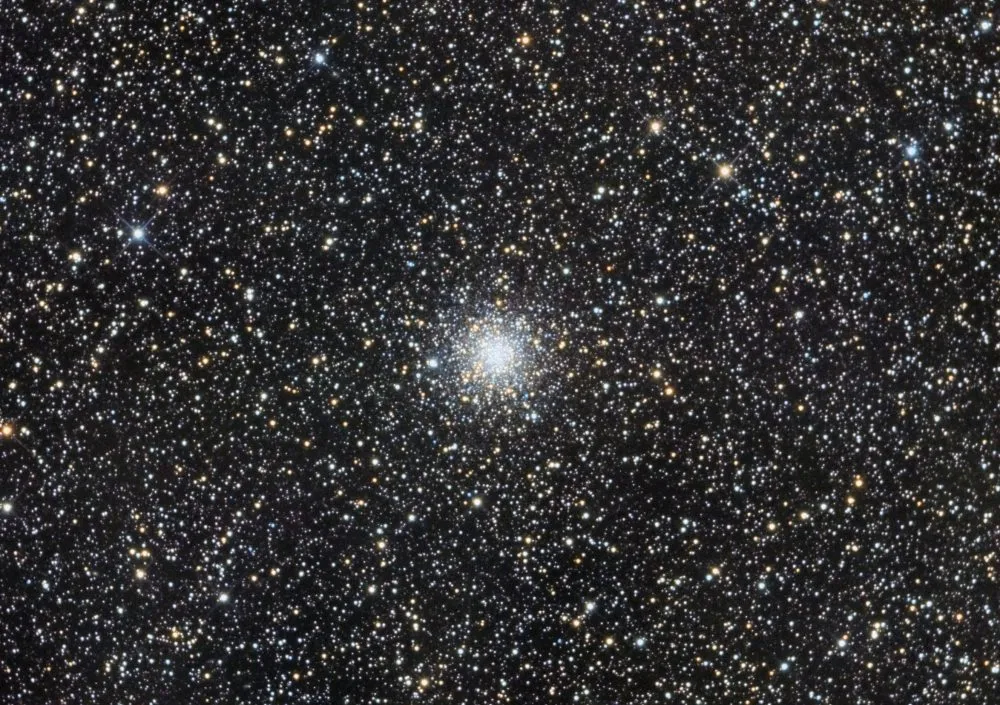
- Globular cluster in Lyra (radiant of the annual Lyrid meteor shower)
- RA 19h 16.6m, dec. +30º 11’
- Mag. +8.3
M57, The Ring Nebula

- Planetary nebula in Lyra
- RA 18h 53.6m, dec. +33º 02’
- Mag. +8.8
M58

- Spiral galaxy in Virgo
- RA 12h 37.7m, dec. +11º 49’
- Mag +9.7
M59

- Elliptical galaxy in Virgo
- RA 12h 42.0m, dec. +11º 39’
- Mag. +9.6
M60

- Elliptical galaxy in Virgo
- RA 12h 43.7m, dec. +11º 33’
- Mag. +8.8
M61

- Spiral galaxy in Virgo
- RA 12h 21.9m, dec. +04º 28’
- Mag. +9.7
M62

- Globular cluster in Ophiuchus
- RA 17h 01.2m, dec. –30º 07’
- Mag. +6.5
M63, The Sunflower Galaxy
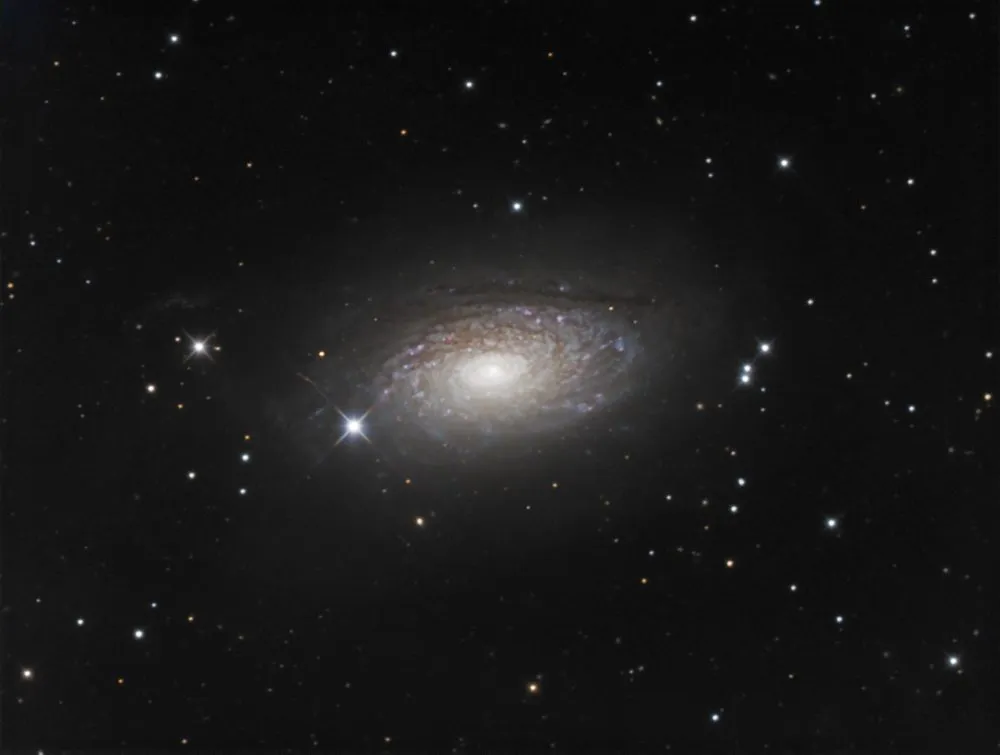
- Spiral galaxy in Canes Venatici
- RA 13h 15.8m, dec. +42º 02’
- Mag. +8.6
M64, The Blackeye Galaxy

- Spiral galaxy in Coma Berenices
- RA 12h 56.7m, dec. +21º 41’
- Mag. +8.5
M65

- Spiral galaxy in Leo
- RA 11h 18.9m, dec. +13º 05’
- Mag. +9.3
M66

- Spiral galaxy in Leo
- RA 11h 20.2m, dec. +12º 59’
- Mag. +8.9
M67

- Open cluster in Cancer
- RA 08h 50.4m, dec. +11º 49’
- Mag. +6.1
M68

- Globular cluster in Hydra
- RA 12h 39.5m, dec. –26º 45’
- Mag. +7.8
M69
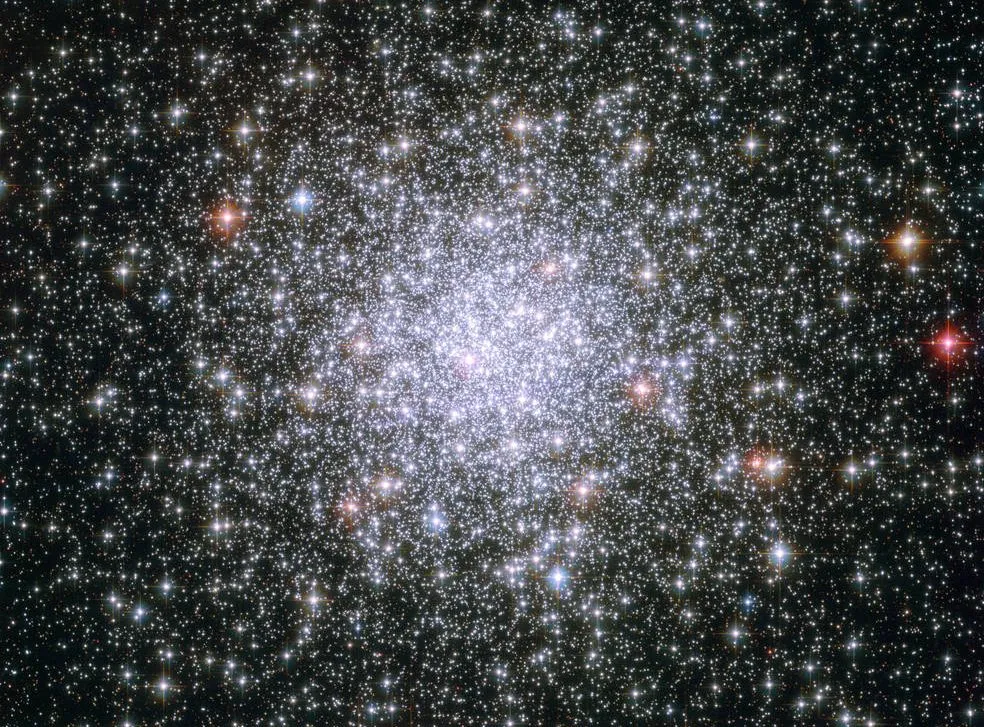
- Globular cluster in Sagittarius
- RA 18h 31.4m, dec. –32º 21’
- Mag. +7.6
M70

- Globular cluster in Sagittarius
- RA 18h 43.2m, dec. –32º 18’
- Mag. +7.9
M71

- Globular cluster in Sagitta
- RA 19h 53.8m, dec. +18º 47’
- Mag. +8.2
M72

- Globular cluster in Aquarius
- RA 20h 53.5m, dec. –12º 32’
- Mag. +9.3
M73

- Asterism in Aquarius
- RA 20:58.9, dec. –12:38
- Mag 9.0
M74

- Spiral galaxy in Pisces
- RA 01h 36.7m, dec. +15º 47’
- Mag. +9.4
M75

- Globular cluster in Sagittarius
- RA 20h 06.1m, dec. –21º 55’
- Mag. +8.5
M76, The Little Dumbbell Nebula

- Planetary nebula in Perseus
- RA 01h 42.4m, dec. +51º 34’
- Mag. +10.1
M77

- Spiral galaxy in Cetus
- RA 02h 42.7m, dec. –00º 01’
- Mag. +8.9
M78

- Diffuse nebula in Orion
- RA 05h 46.7m, dec. +00º 03’
- Mag. +8.3
M79

- Globular cluster in Lepus
- RA 05h 24.5m, dec. –24º 33’
- Mag. +7.7
M80

- Globular cluster in Scorpius
- RA 16h 17.0m, dec. –22º 59’
- Mag. +7.3
M81, Bode’s Galaxy

- Spiral galaxy in Ursa Major
- RA 09h 55.6m, dec. +69º 04’
- Mag. +6.9
M82, The Cigar Galaxy

- Irregular galaxy in Ursa Major
- RA 09h 55.8m, dec. +69º 41’
- Mag. +8.4
M83, The Southern Pinwheel Galaxy

- Spiral galaxy in Hydra
- RA 13h 37.0m, dec. –29º 52’
- Mag. +7.6
M84

- Lenticular galaxy in Virgo
- RA 12h 25.1m, dec. –12º 53’
- Mag. +9.1
M85

- Lenticular galaxy in Coma Berenices
- RA 12h 25.4m, dec. +18º 11’
- Mag. +9.1
M86

- Lenticular galaxy in Virgo
- RA 12h 26.2m, dec. +12º 57’
- Mag. +8.9
M87, Virgo A

- Elliptical galaxy in Virgo
- RA 12h 30.8m, dec. +12º 24’
- Mag. +8.6
M88

- Spiral galaxy in Coma Berenices
- RA 12h 32.0m, dec. +14º 25’
- Mag. +9.6
M89

- Elliptical galaxy in Virgo
- RA 12h 35.7m, dec. +12º 33’
- Mag. +9.8
M90
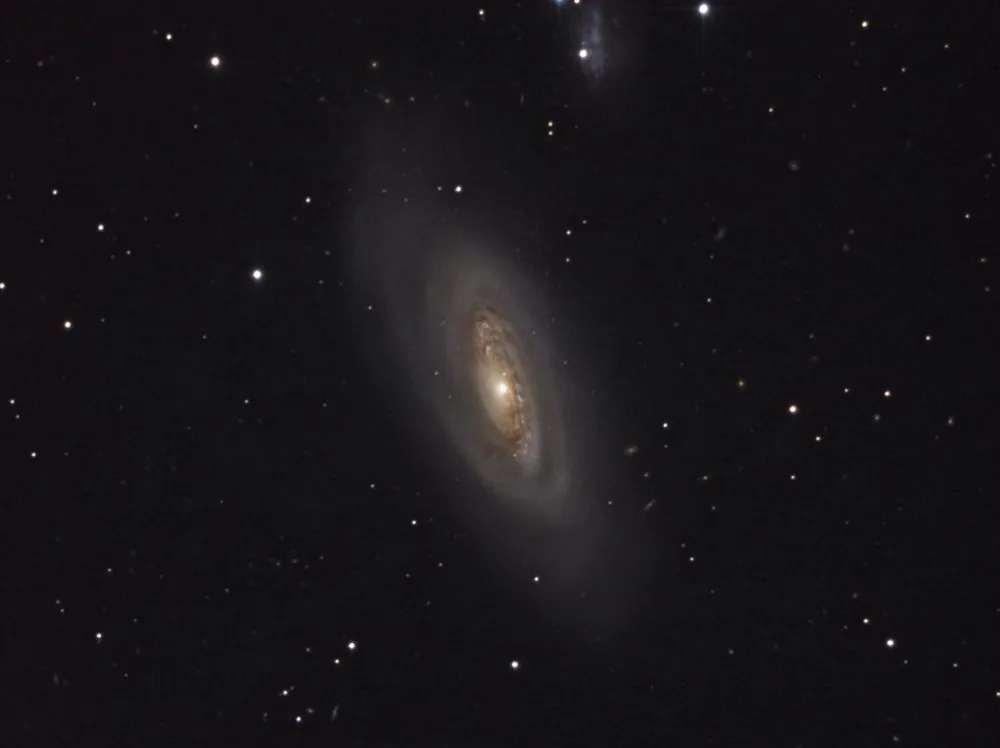
- Spiral galaxy in Virgo
- RA 12h 36.8m, dec. +13º 10’
- Mag. +9.5
M91

- Spiral galaxy in Coma Berenices
- RA 12h 35.4m, dec. +14º 30’
- Mag. +10.2
M92
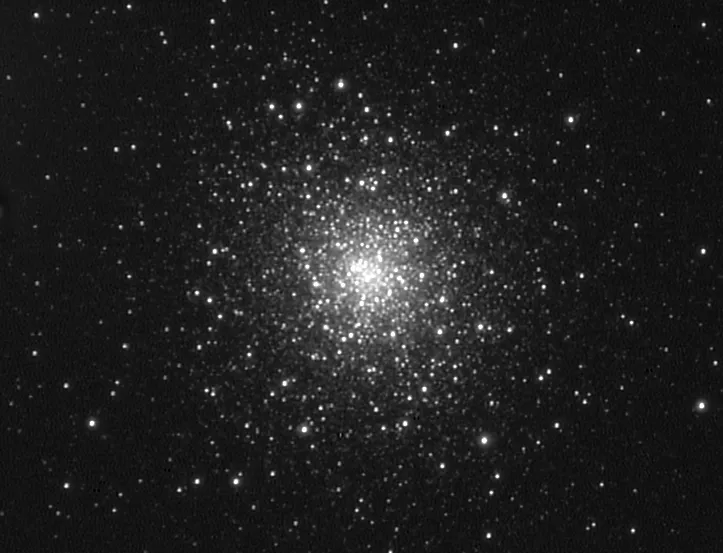
- Globular cluster in Hercules
- RA 17h 17.1m, dec. +43º 08’
- Mag. +6.4
M93

- Open cluster in Puppis
- RA 07:44.6, dec. –23:52
- Mag. + 6.0
M94
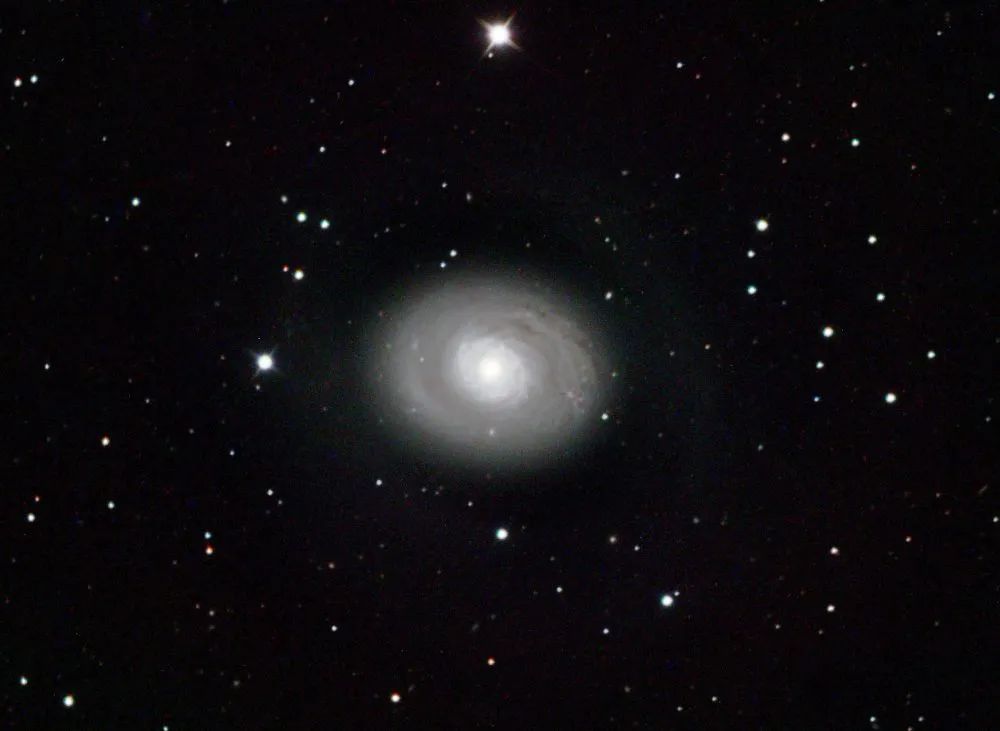
- Spiral galaxy in Canes Venatici
- RA 12h 50.9m, dec. +41º 07’
- Mag. +8.2
M95

- Spiral galaxy in Leo
- RA 10h 44.0m, dec. +11º 42’
- Mag. +9.7
M96

- Spiral galaxy in Leo
- RA 10h 46.8m, dec. +11º 49’
- Mag. +9.2
M97, The Owl Nebula

- Planetary nebula in Ursa Major
- RA 11h 14.8m, dec. +55º 01’
- Mag. +9.9
M98

- Spiral galaxy in Coma Berenices
- RA 12h 13.8m, dec. +14º 54’
- Mag. +10.1
M99

- Spiral galaxy in Coma Berenices
- RA 12h 18.8m, dec. +14º 25’
- Mag. + 9.9
M100

- Spiral galaxy in Coma Berenices
- RA 12h 22.9m, dec. +15º 49’
- Mag. +9.3
M101, The Pinwheel Galaxy

- Spiral galaxy in Ursa Major
- RA 14h 03.2m, dec. +54º 21’
- Mag. +7.9
M102 (NGC 5866)
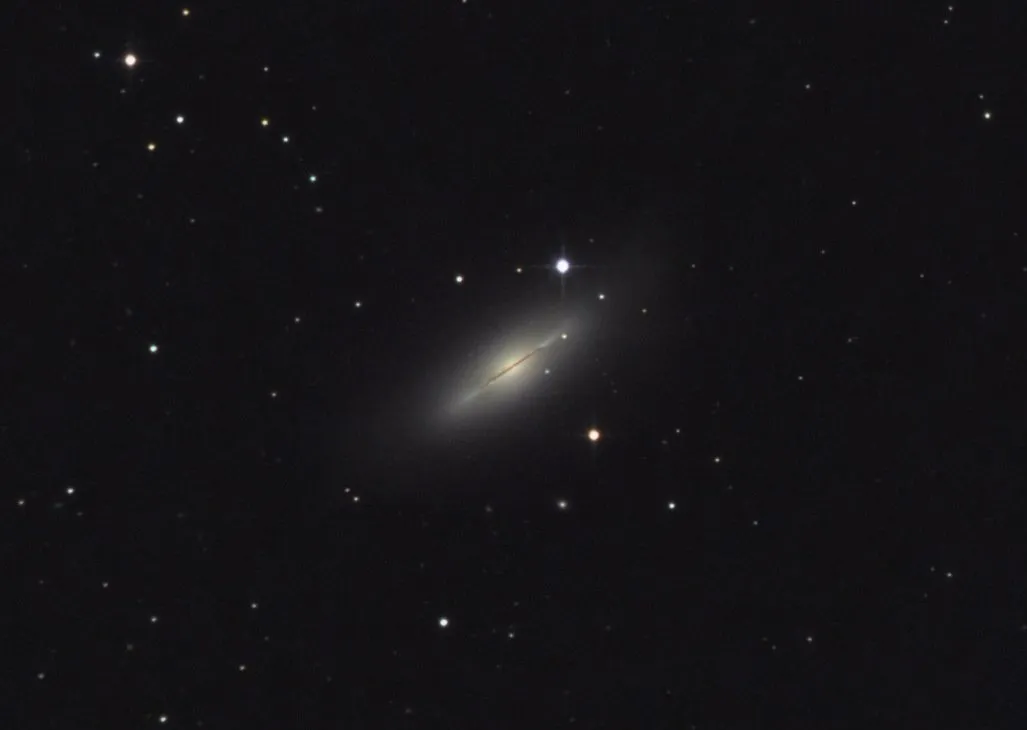
- Lenticular galaxy in Draco
- RA 15h 06.5m, dec. +55º 46’
- Mag. +9.9
M103

- Open cluster in Cassiopeia
- RA 01h 33.2m, dec. +60º 42’
- Mag +7.4
M104, The Sombrero Galaxy

- Spiral galaxy in Virgo
- RA 12h 40.0m, dec. –11º 37’
- Mag. +8.0
M105

- Elliptical galaxy in Leo
- RA 10h 47.8m, dec. +12º 35’
- Mag. +9.3
M106

- Spiral galaxy in Canes Venatici
- RA 12h 19.0m, dec. +47º 18’
- Mag. +8.4
M107

- Globular cluster in Ophiuchus
- RA 16h 32.5m, dec. –13º 03’
- Mag. +7.9
M108

- Spiral galaxy in Ursa Major
- RA 11h 11.5m, dec. +55º 40’
- Mag. +10.0
M109

- Spiral galaxy in Ursa Major
- RA 11h 57.6m, dec. +53º 23’
- Mag. +9.8
M110

- Elliptical galaxy in Andromeda
- RA 00h 40.4m, dec. +41º 41’
- Mag. +8.5
How many Messier Catalogue objects have you crossed off the list? Have you managed to photograph any?
Let us know via email contactus@skyatnightmagazine.com or get in touch via Facebook, Twitter or Instagram.

